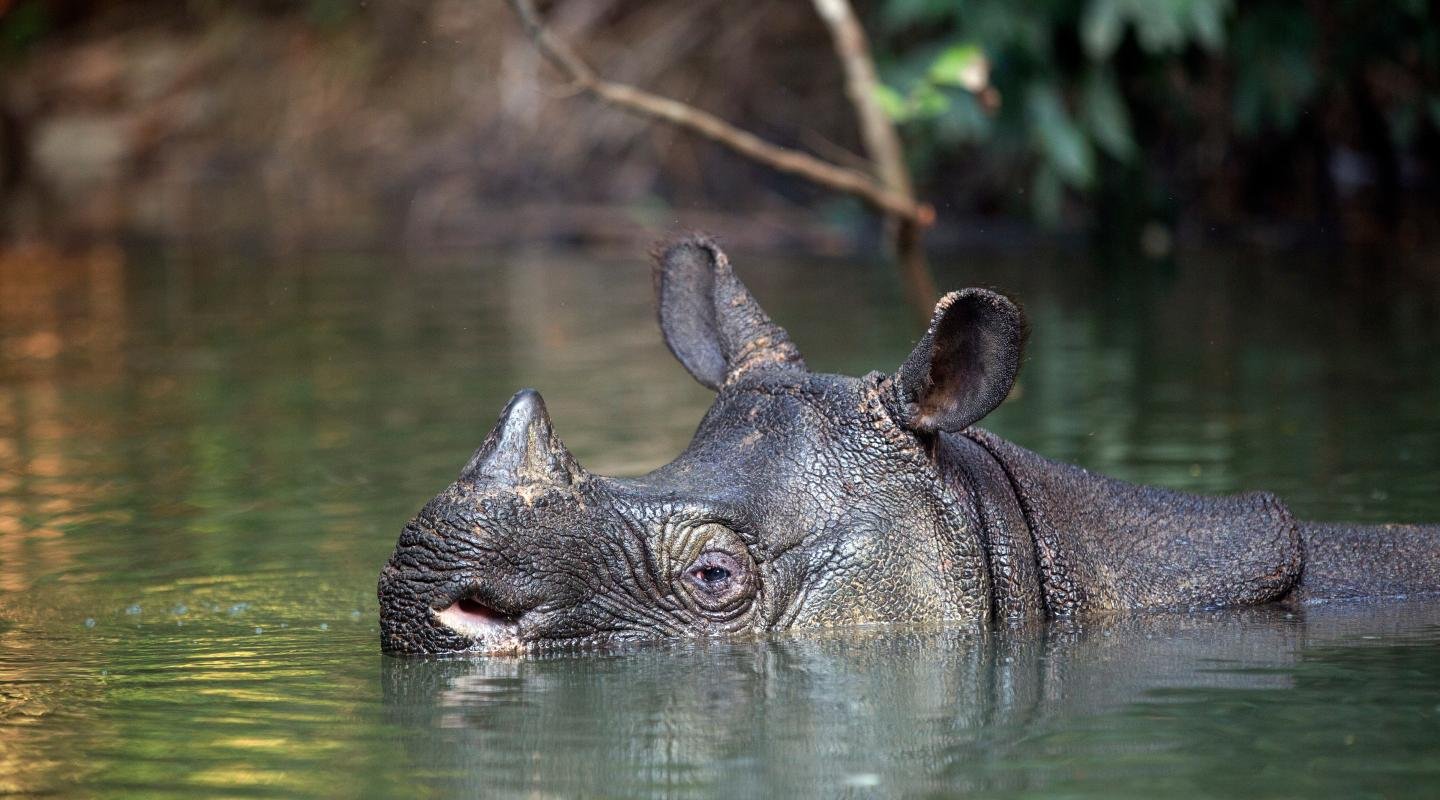An international scientific team says gene editing technologies can be repurposed to provide a transformative solution for restoring genetic diversity and saving endangered species.
In an article “Genome engineering in biodiversity and conservation and restoration,” in Nature Reviews Biodiversity, the authors explore the promises, challenges, and ethical considerations of genome engineering, and propose an approach for its implementation into biodiversity conservation. They argue that gene editing could recover lost genetic diversity in species at risk of extinction using historical samples, such as DNA from museum collections, biobanks, and related species.
![The pink pigeon population has been brought back from the brink of extinction from about 10 individuals to a population now of more than 600 birds, by decades of captive-breeding and reintroduction efforts in Mauritius. Despite its recovery, it continues to experience substantial genomic erosion and is likely to go extinct in the next 50 to 100 years. The next challenge is to restore the genetic diversity it has lost, enabling it to adapt to future environmental change via genome engineering. [Carl Jones]](https://www.genengnews.com/wp-content/uploads/2025/07/Low-Res_Pink-pigeons-at-hopper_credit-Carl-Jones.jpg)
“We’re facing the fastest environmental change in Earth’s history, and many species have lost the genetic variation needed to adapt and survive,” said Cock van Oosterhout, PhD, at the University of East Anglia. “Gene engineering provides a way to restore that variation, whether it’s reintroducing DNA variation that has been lost from immune-system genes that we can retrieve from museum specimens or borrowing climate-tolerance genes from closely related species. “To ensure the long-term survival of threatened species, we argue that it is essential to embrace new technological advances alongside traditional conservation approaches.”
Conservation successes such as captive breeding and habitat protection often focus on boosting population numbers but do little to replenish the gene variants lost when a species’ numbers crash. As populations rebound, they can remain trapped with a diminished genetic variation and a high load of harmful mutations, a phenomenon known as genomic erosion. Without intervention, species that recovered from a population crash may remain genetically compromised, with reduced resilience to future threats like new diseases or shifting climates.
One example of this is the pink pigeon, whose population has been brought back from the brink of extinction from about 10 individuals to a population now of more than 600 birds, by decades of captive-breeding and reintroduction efforts in Mauritius.
Several of the authors have studied the pigeon’s genetics to reveal that, despite its recovery, it continues to experience substantial genomic erosion and is likely to go extinct in the next 50 to 100 years. The next challenge is to restore the genetic diversity it has lost, enabling it to adapt to future environmental change via genome engineering.
The technology is already common in agriculture: crops resistant to pests and drought cover millions of hectares worldwide. More recently, announcements of plans to bring extinct species back to life have further highlighted its potential.
“The same technological advances that allow us to introduce genes of mammoths into the genome of an elephant can be harnessed to rescue species teetering on the brink of extinction,” said Beth Shapiro, PhD, CSO, at Colossal Biosciences. “It is our responsibility to reduce the extinction risk faced today by thousands of species.”
Three key applications
The scientists outline three key applications for gene editing in conservation:
• Restoring lost variation—bringing back genetic diversity that has been lost from the gene pool of the modern populations of threatened species, using DNA from samples of the species collected decades or even centuries ago, which are stored in natural history museums all over the world.
• Facilitated adaptation—introducing genes from related, better-adapted species to confer traits like heat tolerance or pathogen resistance, equipping threatened species to adapt to rapid environmental change.
• Reducing harmful mutations—populations that have previously crashed in numbers often carry harmful mutations that have become fixed by chance, so targeted gene edits could replace these mutations with the healthy variant from before the population crash, with the potential to improve fertility, survival rates, and overall health.
They also address the risks, such as off-target genetic modifications and unintentional further reductions in genetic diversity, cautioning that the approaches remain experimental.
The need for phased, small-scale trials, and rigorous long-term monitoring of evolutionary and ecological impacts is emphasized, as well as robust engagement with local communities, indigenous groups and the wider public, before broader implementation. The authors stress that genetic interventions must complement, not replace, habitat restoration and traditional conservation actions.
“Biodiversity faces unprecedented threats that demand unprecedented solutions,” pointed out Hernán Morales, PhD, associate professor at the University of Copenhagen’s Globe Institute. “Genome editing is not a replacement for species protection and will never be a magical fix. Its role must be carefully evaluated alongside established conservation strategies as part of a broader, integrated approach with species protection as a guiding principle.”
The multidisciplinary team of conservation geneticists and biotechnologists is co-led by van Oosterhout and Stephen Turner, PhD, and includes collaborators from the Durrell Institute of Conservation and Ecology (University of Kent), Globe Institute, Mauritius Wildlife Foundation, the Mauritius National Parks and Conservation Service, and Durrell Wildlife Conservation Trust.
Biotech-driven initiatives could also attract new investors and expertise, potentially creating new benefits for existing endangered species programs.
The post Gene Editing Opens Pathway to Saving Endangered Species appeared first on GEN – Genetic Engineering and Biotechnology News.




